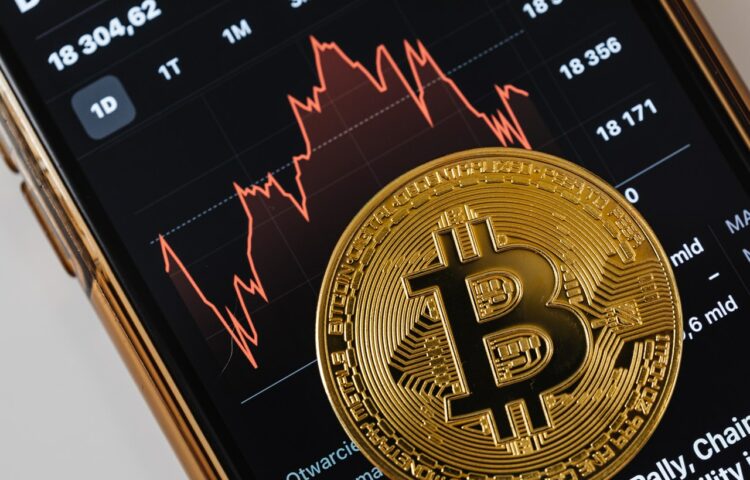Art is something that has been used as a method of communication and expression since the beginning of time. As time went on, the way people made and interacted with art changed. In the digital age, the way we make and interact with art has yet again changed. NFTs are a rapidly growing form of cryptocurrency. NFT stands for non-fungible tokens, and they can be anything you can think of. An NFT can be an art piece, a photograph, a song, a poem, or something else. These pieces of work are then minted on something called the Blockchain and are ready to be traded, sold, and bought. But how have NFTs changed the art industry?
Making It Digital
Before the invention of the NFT, art was already becoming more prominent in a digital form. We have seen digital art, animation, and similar avenues become more popular. With sites like YouTube, and apps like TikTok, art was becoming more theatrical. However, NFTs have made art become even more digital.
NFTs can’t quite fit into a traditional art museum since they exist online and are displayed online. While it’s possible to print a representation, the original will always be online. Because of this, galleries and other art museums have had to find ways to embrace the NFT.
More people are more interested in consuming digital art, thanks to the spread of NFT use. This has caused a drop in physical art and museum interest, spurring the need for museums that are set to display NFTs. We’ve seen this happen in Seattle with the Seattle NFT Museum. This museum is Seattle’s first NFT museum and offers ways to view and interact with NFTs in person.
The NFT has changed the way people interact with and view art, and it’s becoming even more necessary for certain people and places to keep up with that. While this is an interesting development, it could spell danger for traditional art museums.
Anyone Can Do It
While anyone could make and sell their art before NFTs, the currency has just made it easier. With the right resources, anyone can learn how to make an NFT and sell it. This is especially true for those who take an NFT masterclass. This is a class that teaches you everything you’d need to know about NFTs, including how to make and sell them.
Because an NFT can be anything, it’s easier than ever to make one. For instance, you can go outside right now and take a photo of a tree in your backyard. If you go on and mint that photo on the blockchain and set it up for sale on a marketplace, you’ve made an NFT. It’s the ease of this currency that makes it so very desirable to users. Anyone is able to take their art or something that they’ve created and turn it into a piece of currency. That’s an amazing thing.
Because NFTs are able to be made by anyone, they’ve changed the way we look at art. They’ve changed the way people decide what art is. This is because now, so many more things are being seen as art. This has changed the art industry in a big way. It’s taken profitable art and has put it back into the hands of the people and the creators, making it possible yet again to make a living off of your art.
They’ve Changed How We Buy Art
If there’s one thing that NFTs have absolutely done to change the art industry, it’s how we buy art. Before NFTs, art collectors would buy a physical piece of art, whether it was the original or a print. Now, anyone is able to buy a piece of art and own it without the clutter associated with collecting.
Art has become more accessible due to NFTs. It has also once again become a valid way to make money off of your own art, which is never a bad thing. NFTs have changed the art industry in many ways, but this is arguably one of the largest ways. People are now more likely than ever to buy art in digital form, and a big part of that is because of NFTs.
NFTs have grown in popularity each year, with the first two months of 2022 eclipsing previous years as sales topped twenty-six billion. There are no signs of NFTs slowing down, and there’s still a chance to become a part of it. This is especially true if you take a masterclass and learn everything you need to. NFTs are changing the art industry, and it’s easy to become a part of that change.

